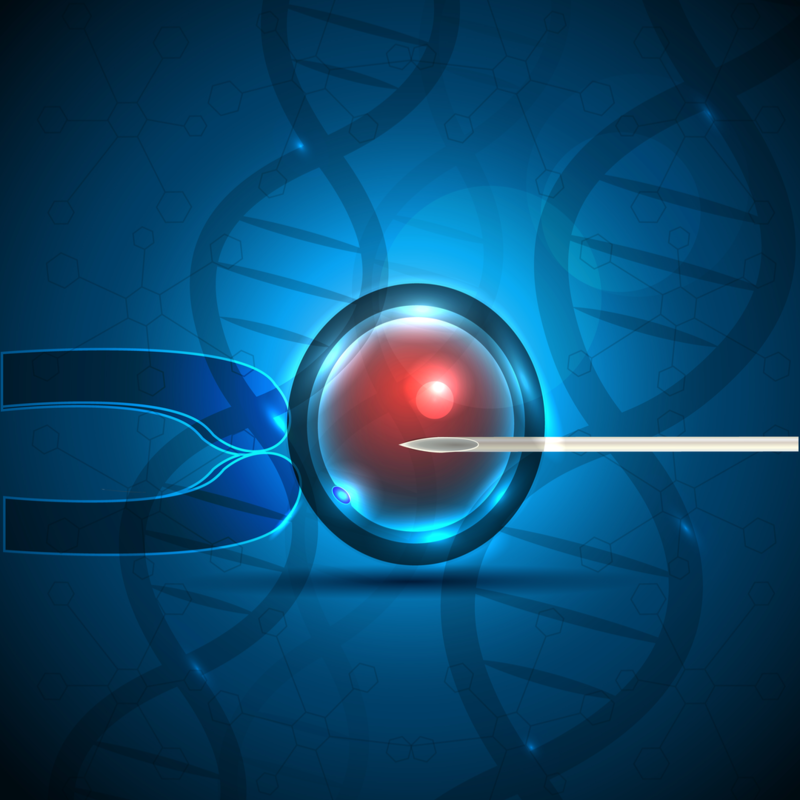Study by Igenomix opens the door to non-invasive analysis of the embryo
PTI Jul 06, 2018
A study titled "Improved concordance rates for aneuploidy detection in spent culture media compared to trophectoderm biopsies: a step forward towards non-invasive pre-implantation genetic testing" was presented by Igenomix at the 34th Congress of the European Society of Human Reproduction and Embryology (ESHRE) in Barcelona.

This study tests the effectiveness of non-invasive diagnosis of the human embryo and opens the door to this type of analysis, which should lead to improved results in assisted reproduction treatment. Non-invasive diagnosis of the embryo, known as non-invasive Pre-implantation Genetic Screening (NI-PGS), means that embryo biopsy can be avoided, while still providing the same level of clinical information.
As a result of this new technique, the costs and potential risks associated with embryo biopsy can be reduced, enabling more couples undergoing IVF treatment to have access to this analysis. Historically, chromosomal analysis of the embryo has been carried out using embryo biopsy. PGS has resulted in improved implantation rates in the first cycle and reduced miscarriage rates. It has also shortened the time to pregnancy for infertile couples.
For several years, researchers have worked towards non-invasive diagnosis of the embryo, in order to avoid embryo biopsy with the additional risks and costs involved. A previous paper by Igenomix, entitled Origin and composition of cell-free DNA in spent medium from human embryo culture during pre-implantation development, in the journal Human Reproduction, found that DNA released by the embryo into the culture media contains a chromosomal representation of that embryo. Subsequently, the group refined the techniques to improve the results from the pilot study, with the goal being clinical application of a non-invasive chromosomal diagnosis of the embryo.
"In our current study, performed on more than 100 samples of culture media from patients with advanced maternal age, recurrent miscarriages or repeated implantation failure, we observed approximately 85% concordance compared to conventional PGS techniques. Therefore, we are very close to achieving a significant milestone in the history of assisted reproduction, which would mean the end of embryo biopsy as a means of obtaining genetic information from the embryo," explained Dr. Carmen Rubio, first author of this paper.
"We need to continue this line of research to fully test the effectiveness of non-invasive PGS, as this represents a significant development in personalized assisted reproduction," the researcher added. "A diagnosis based on the culture media of the embryo, during the time when it develops in the IVF laboratory, could lead to simplification of its genetic analysis so that a greater number of patients could benefit from this type of study," added Rubio.
According to experts, non-invasive diagnosis of the embryo could lead to a 10% improvement in IVF treatment success rates. Aneuploidies are responsible for a large proportion of negative pregnancy tests and up to 50% of miscarriages. "Use of this technique would improve the chances of achieving pregnancy and, ultimately, of having a healthy baby, which is the fundamental goal of assisted reproduction," she concluded.
-
Exclusive Write-ups & Webinars by KOLs
-
Daily Quiz by specialty
-
Paid Market Research Surveys
-
Case discussions, News & Journals' summaries